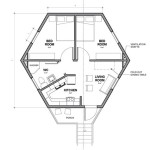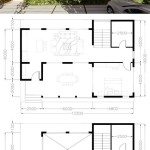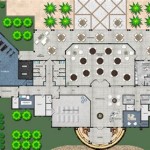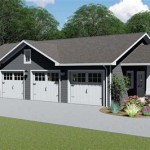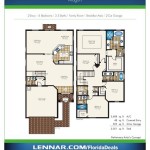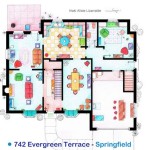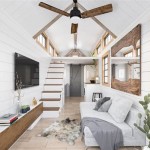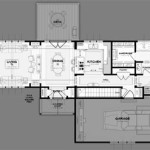Sparrow Resistant Bluebird House Plans
Bluebirds are beloved backyard birds known for their vibrant plumage and melodious songs. Encouraging their presence often involves providing nesting sites through specially designed bluebird houses. However, these houses can also attract other cavity-nesting birds, particularly house sparrows, which may compete with bluebirds for resources and even destroy their eggs or nestlings. Therefore, choosing or building a sparrow-resistant bluebird house is crucial for successful bluebird conservation efforts.
Entrance Hole Size
One of the most effective ways to deter house sparrows is by carefully controlling the entrance hole size. House sparrows require a larger entrance hole than bluebirds. A 1.5-inch entrance hole is ideal for bluebirds, while preventing most house sparrows from entering. This specific dimension allows ample space for bluebirds to comfortably enter and exit with nesting materials, while being too small for most house sparrows. Monitoring the entrance hole regularly is essential to ensure it remains the correct size and hasn’t been enlarged by persistent sparrows or other animals.
Nest Box Dimensions
Beyond the entrance hole, the overall dimensions of the nest box also play a significant role in deterring house sparrows. Sparrows prefer larger, more enclosed nesting cavities. Bluebird houses should be designed with specific dimensions to make them less appealing to sparrows. A floor size of 5" x 5" is recommended, providing adequate space for bluebirds while being comparatively cramped for sparrows. The height of the box from the floor to the entrance hole should be between 6" and 8". This shorter height is less attractive to sparrows, which prefer deeper cavities.
Predator Guards
While the focus is on sparrow resistance, protecting bluebirds from other predators is equally important. Predators such as raccoons, snakes, and cats can pose a significant threat to bluebird nests. Incorporating predator guards into bluebird house plans is a crucial aspect of providing a safe nesting environment. A predator guard can be a metal baffle placed around the pole supporting the birdhouse or a stovepipe baffle extending below the entrance hole. These guards prevent predators from reaching the entrance hole and accessing the nestlings or eggs.
Placement and Monitoring
Strategic placement of the bluebird house is essential for attracting bluebirds and further discouraging house sparrows. Bluebirds prefer open areas with low vegetation, providing them with clear flight paths to and from the nest box. Placing the house in a shaded area, facing away from prevailing winds, can further enhance its appeal to bluebirds. Regular monitoring of the birdhouse is crucial. This involves checking for house sparrow activity, cleaning out old nests between broods, and ensuring the structural integrity of the house.
Material Selection
The materials used in constructing the bluebird house also contribute to its effectiveness and longevity. Untreated wood, such as cedar or pine, is a suitable choice due to its natural weather resistance and insulating properties. Avoid using treated lumber, as the chemicals used in the treatment process can be harmful to birds. Proper ventilation is crucial to prevent overheating inside the nest box. Ventilation holes should be placed near the top of the sides or in the roof to allow for air circulation. Drainage holes in the floor are also necessary to prevent water from accumulating inside the box.
Absence of Perches
House sparrows often use perches as a landing platform before entering a nest cavity. Bluebirds, however, typically hover before entering. Therefore, omitting a perch below the entrance hole can further deter house sparrows. This design feature doesn't hinder bluebirds' access to the nest box but makes it less convenient for sparrows. This simple modification can significantly contribute to making the birdhouse more sparrow-resistant.
Community Involvement
Building and maintaining bluebird houses can be a rewarding community endeavor. Local birdwatching groups and conservation organizations often provide resources and guidance on building and placing bluebird houses effectively. Engaging in community-based projects can help promote bluebird conservation efforts on a larger scale and contribute to a healthier ecosystem. Sharing information and experiences within the community can further enhance the success of these initiatives.

Free Bluebird House Plans Multiple Designs

Sparrow Er Designs And Instructions

How To Sparrow Proof A Bluebird House Bird Kits Plans Houses Ideas Diy

Conservation Sparrow Resistant Bluebird House Package W Pole Kit

Troyer S Sparrow Resistant Bluebird House

Sparrow Resistant Slot Bluebird House

Duncraft Com Sparrow Resistant Bird House Kits Houses

Coveside Sparrow Resistant Eastern Bluebird House

Troyer S Sparrow Resistant Bluebird House

Sparrow Resistant Slot Bluebird House

